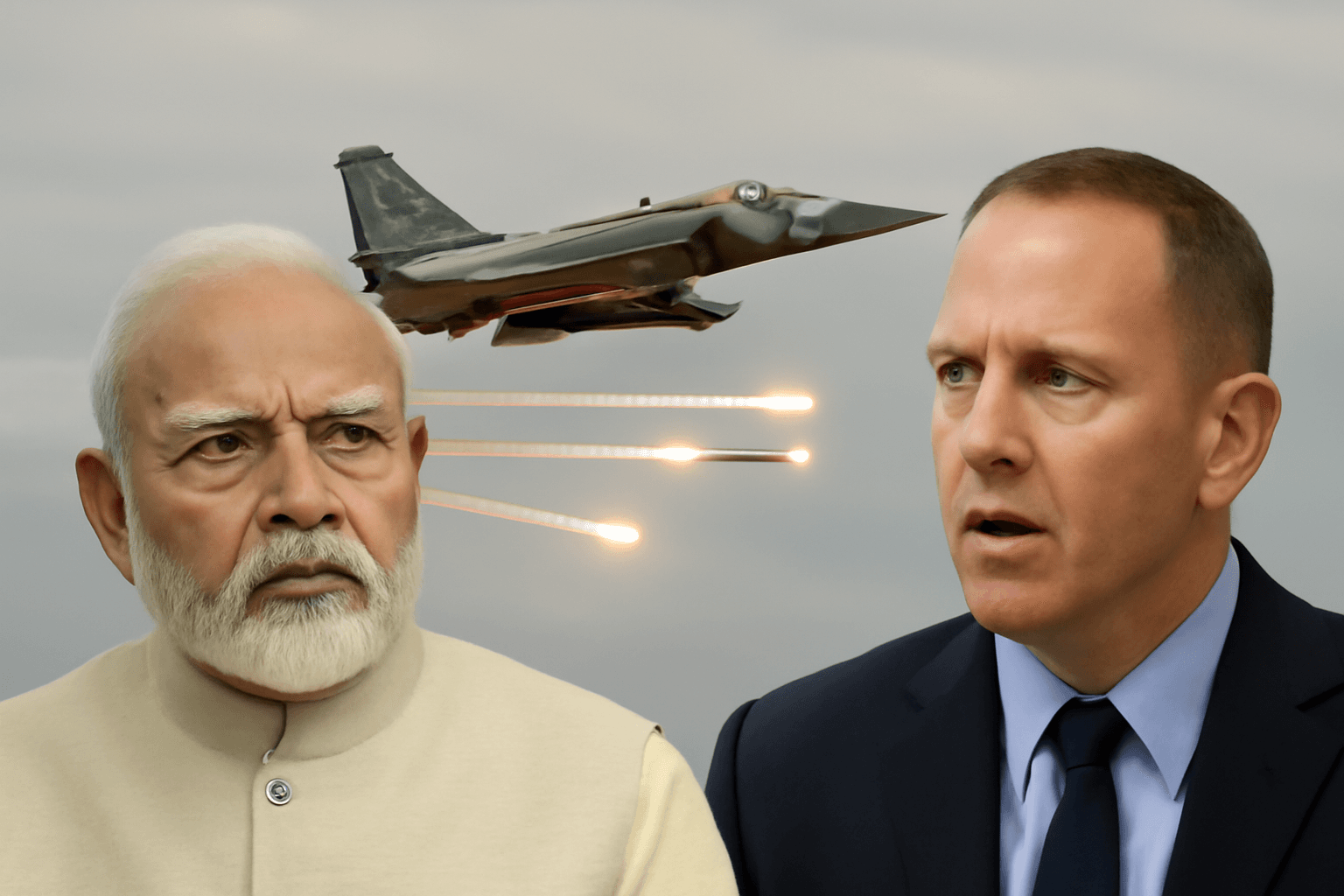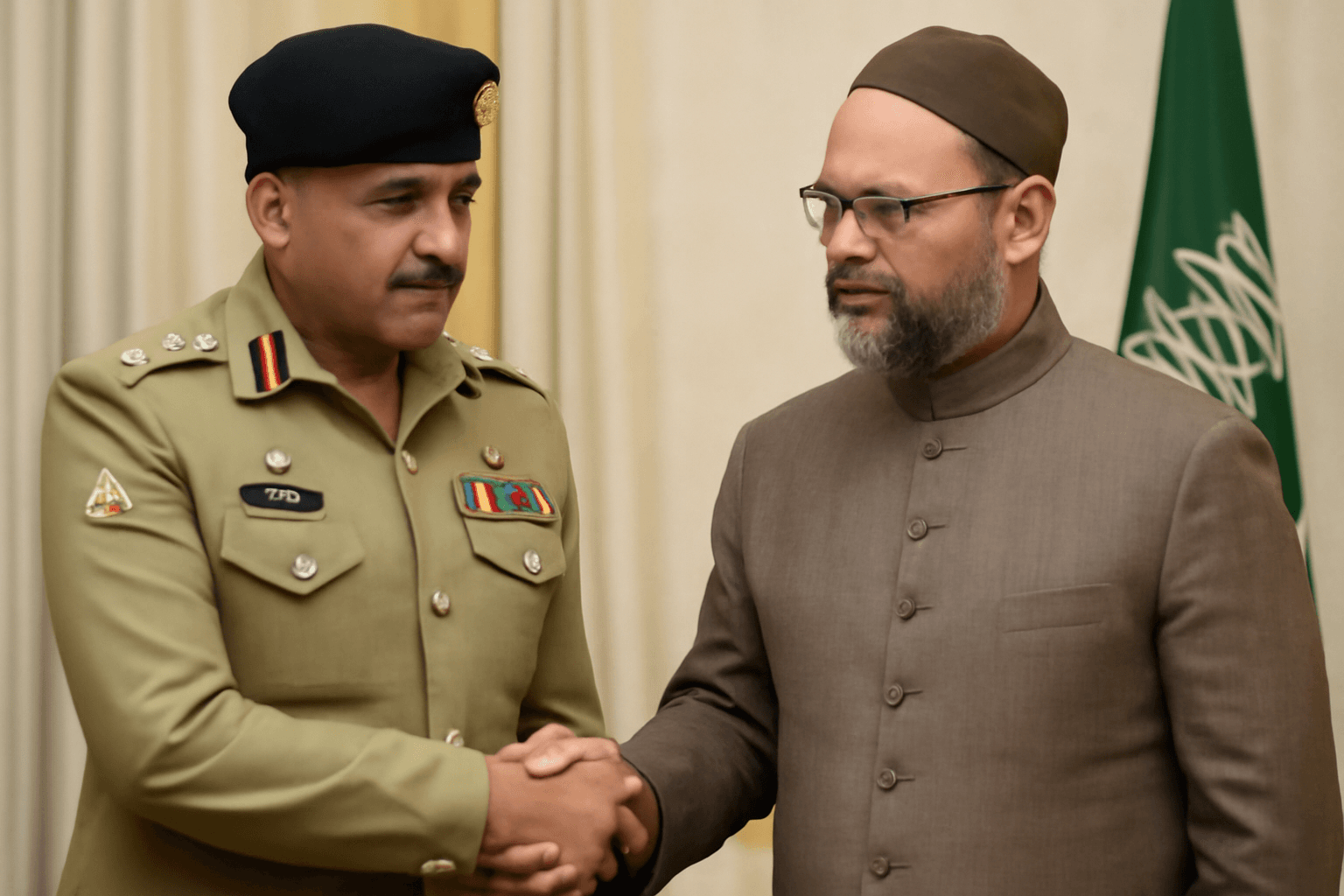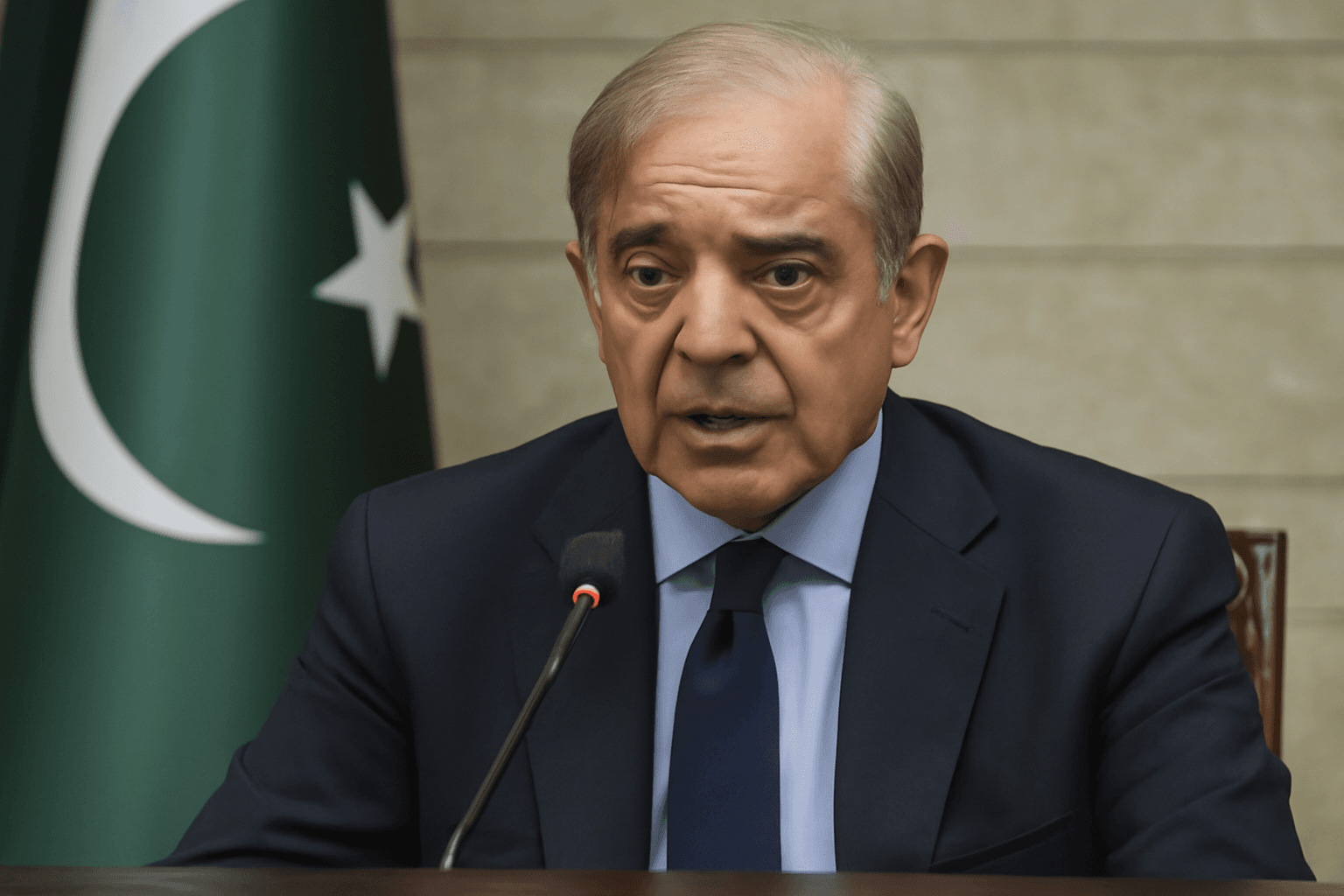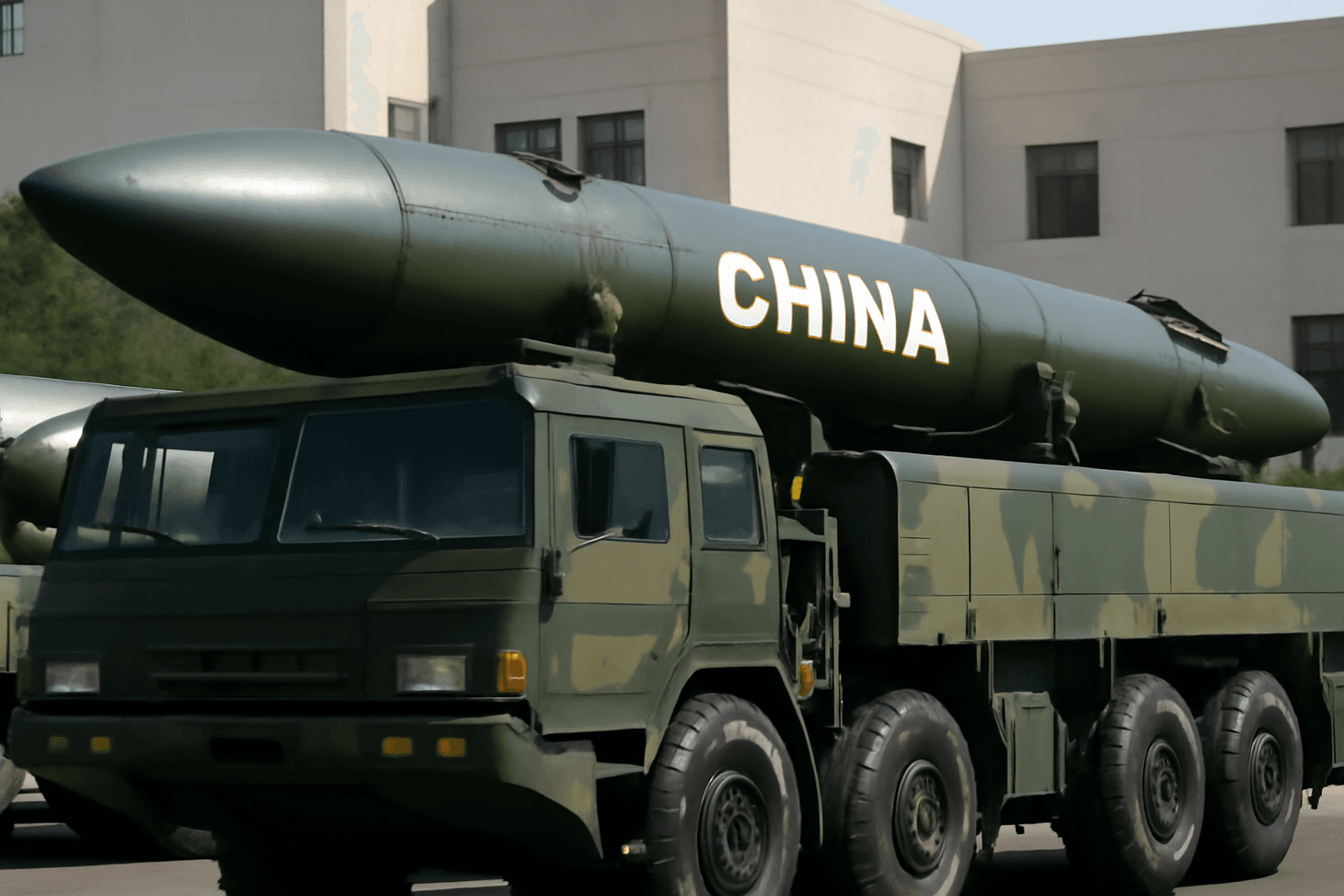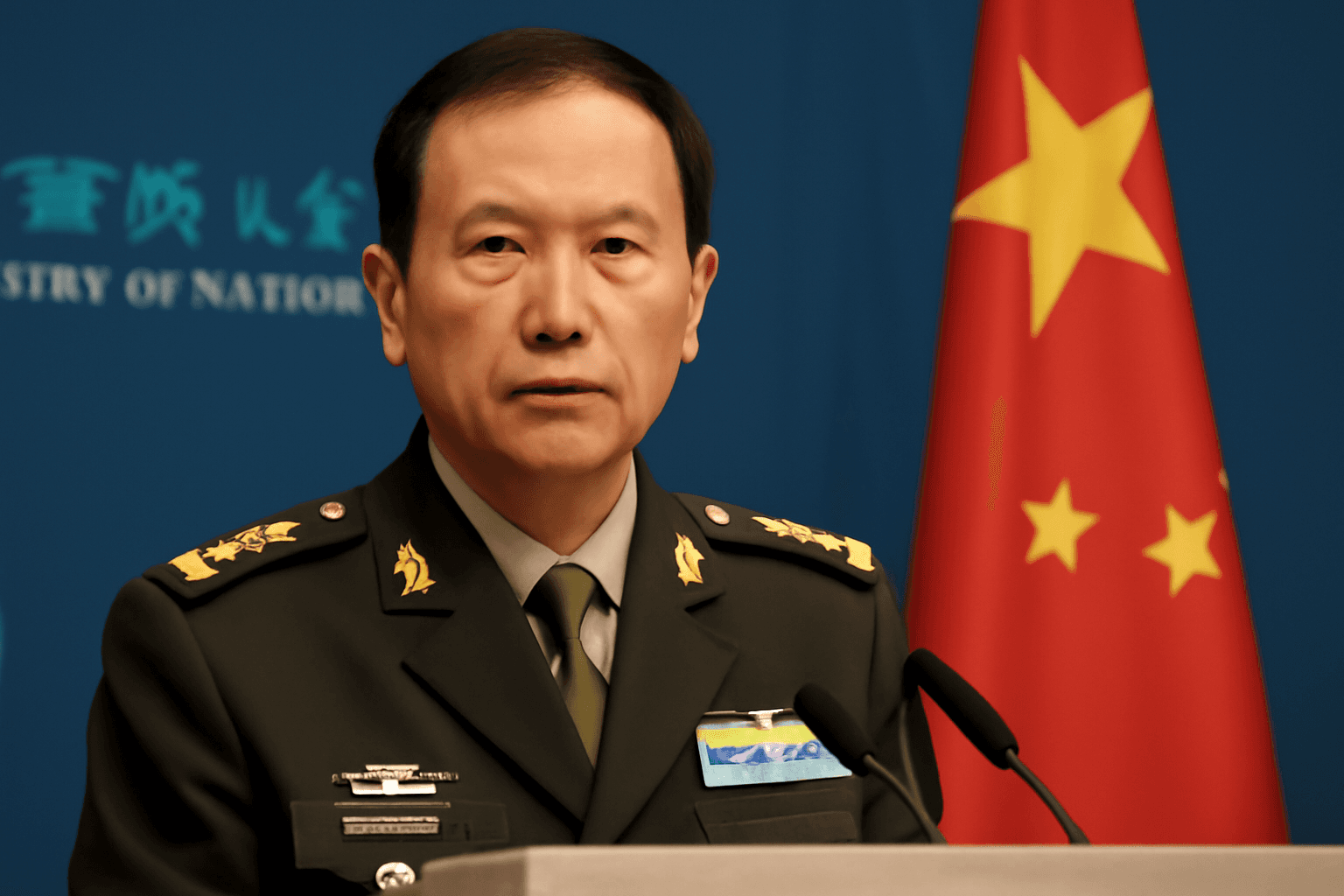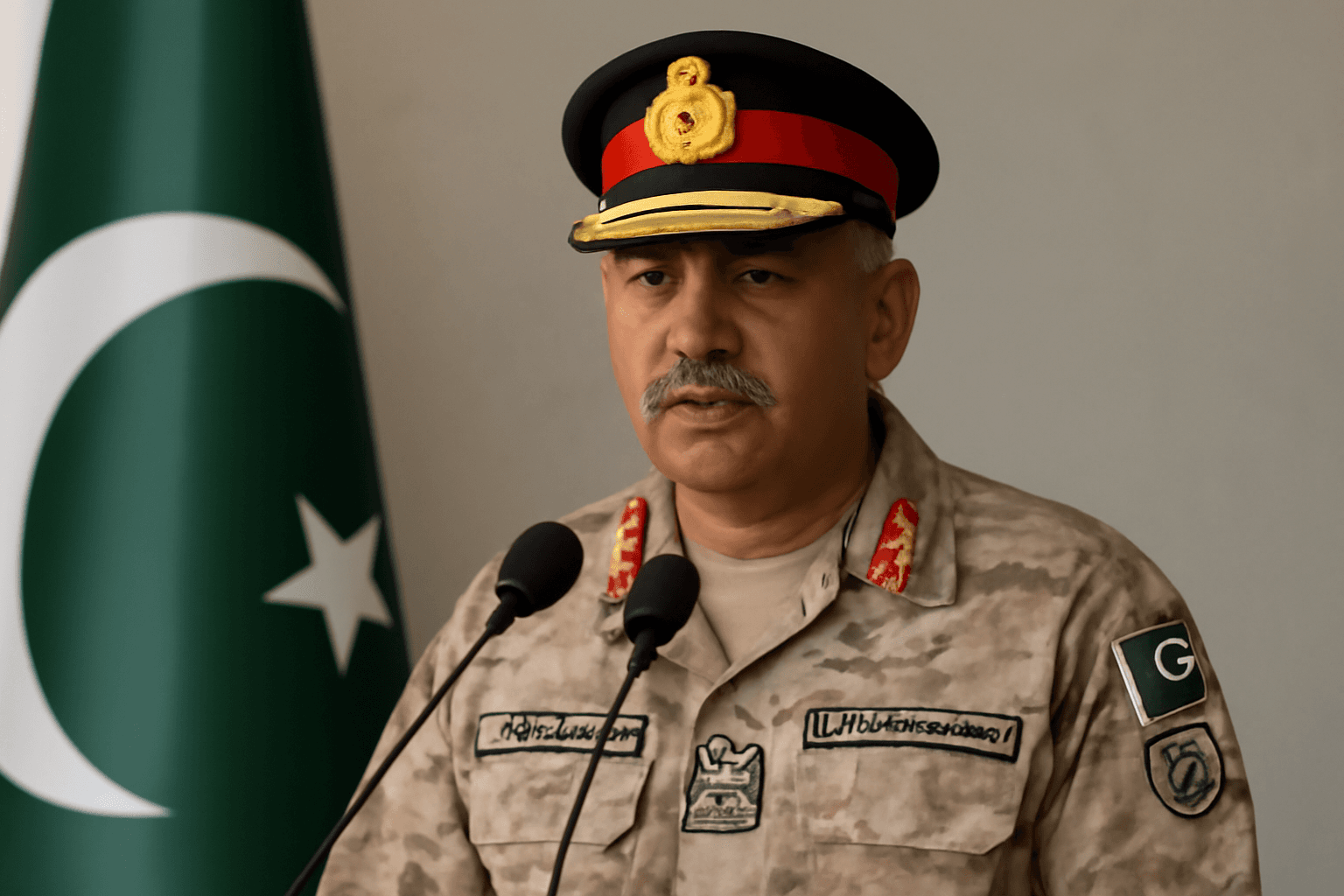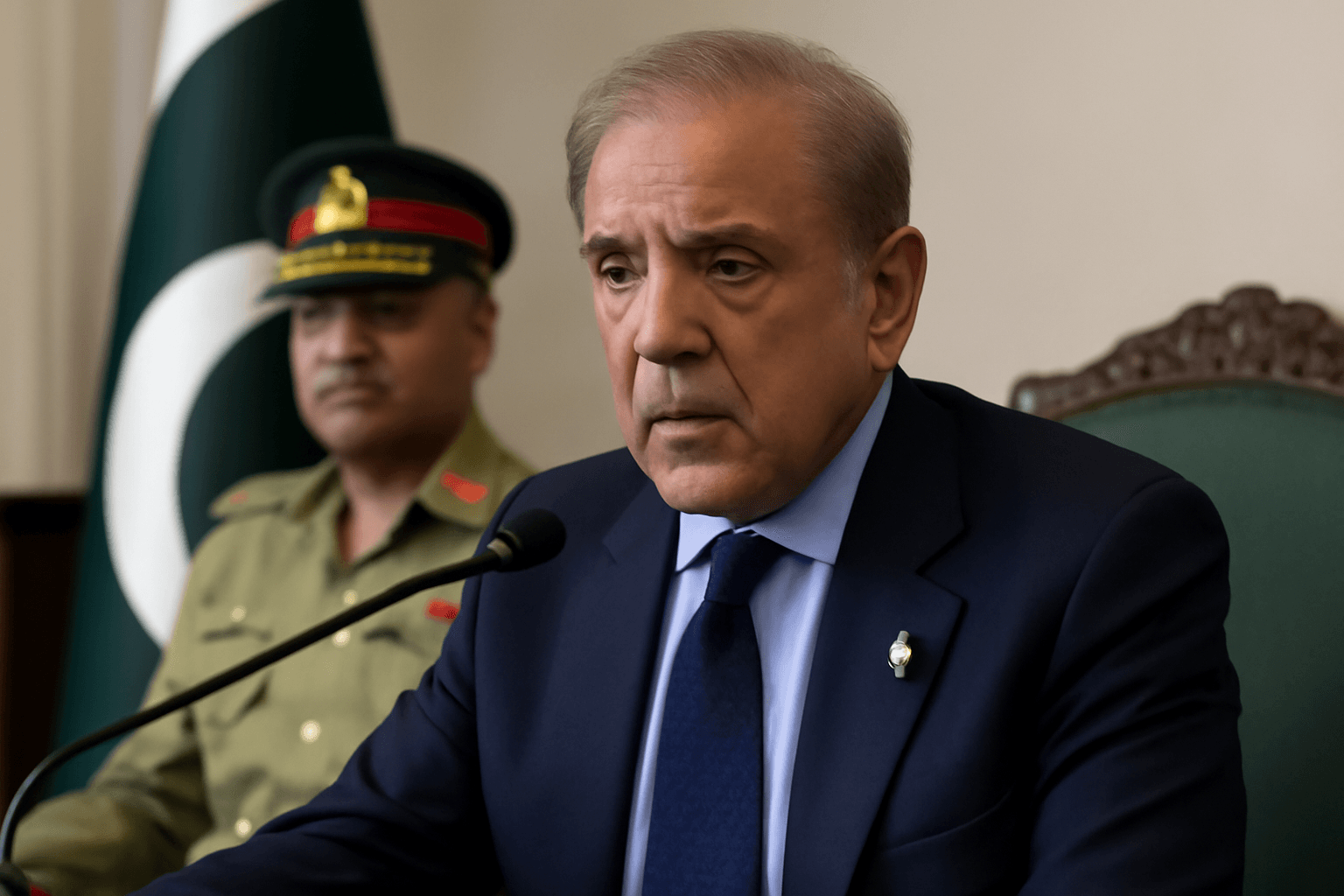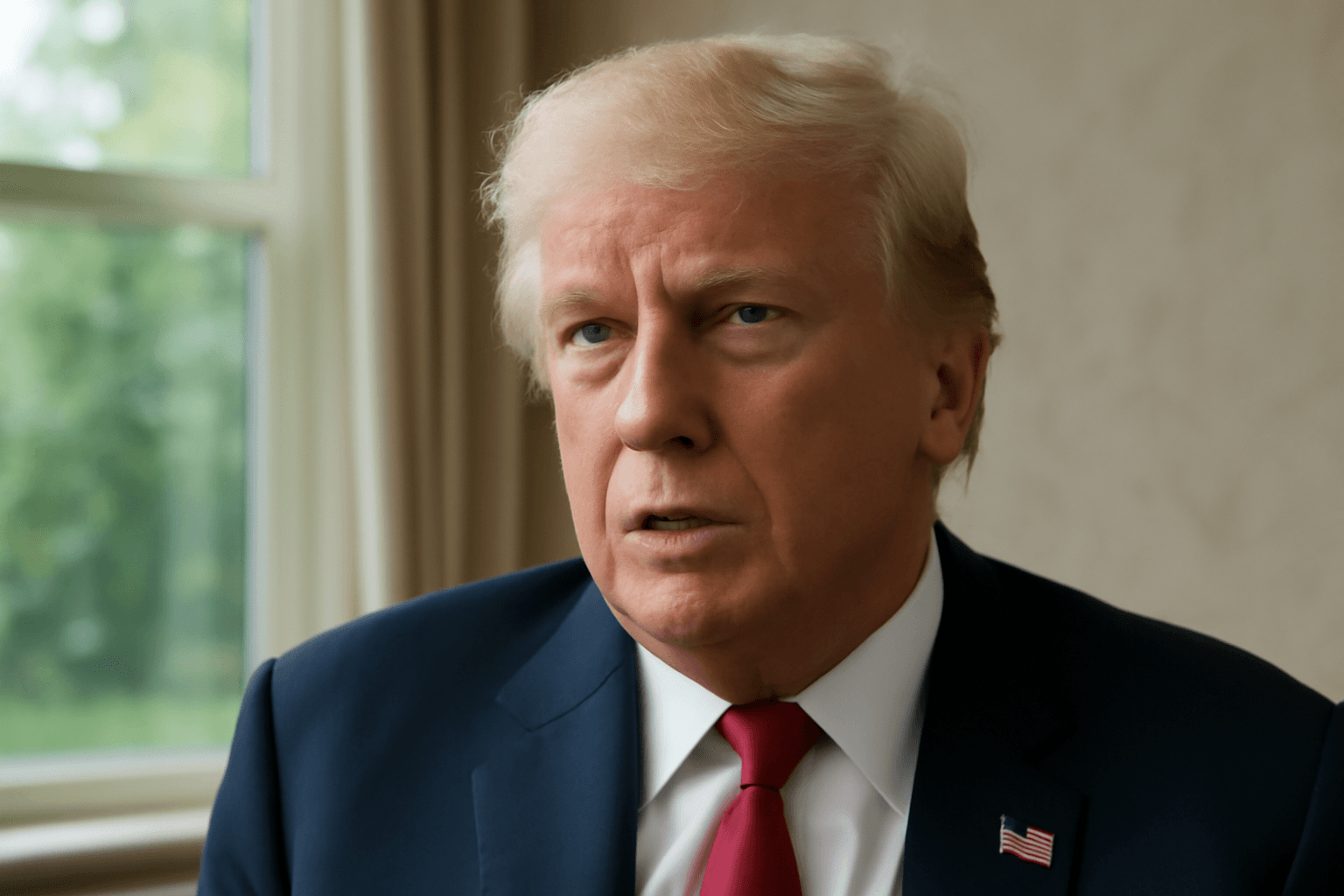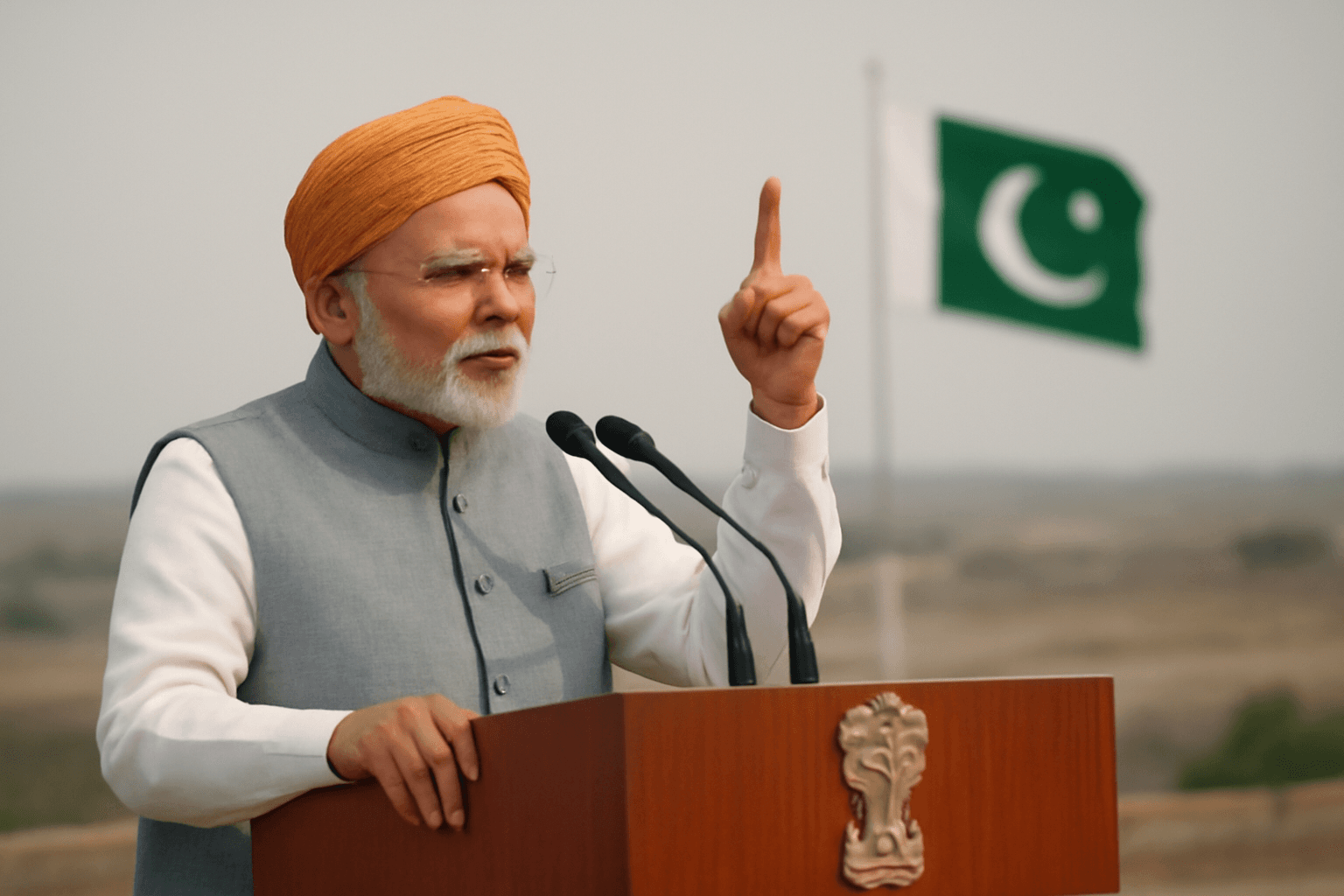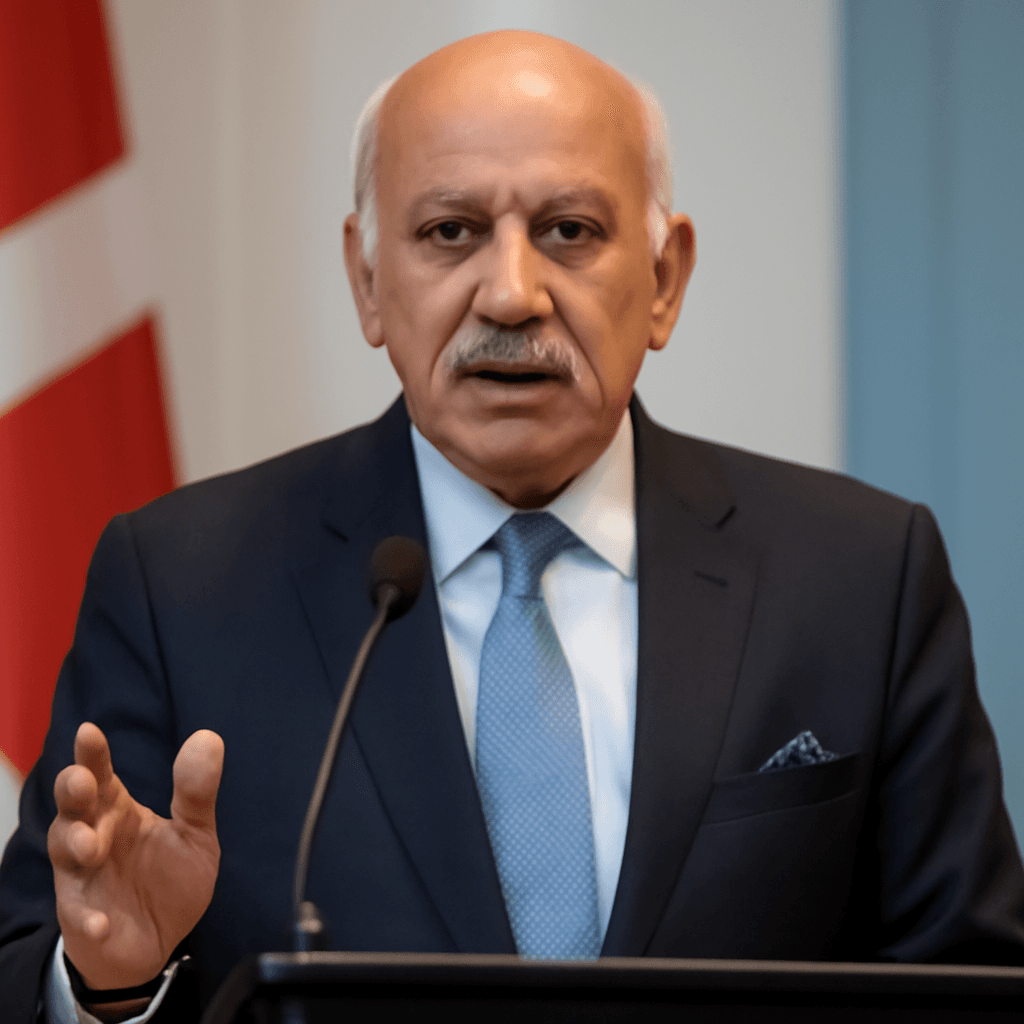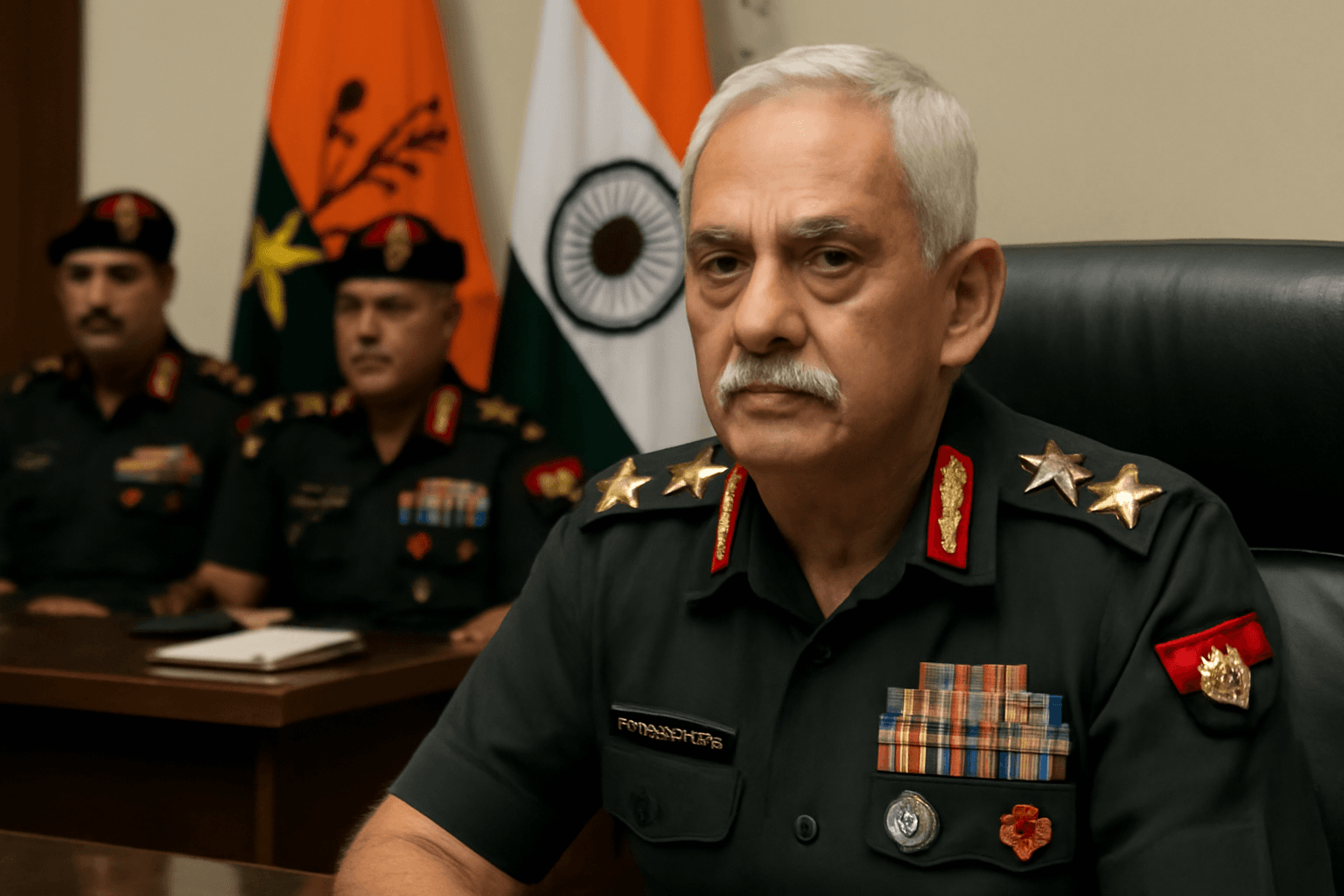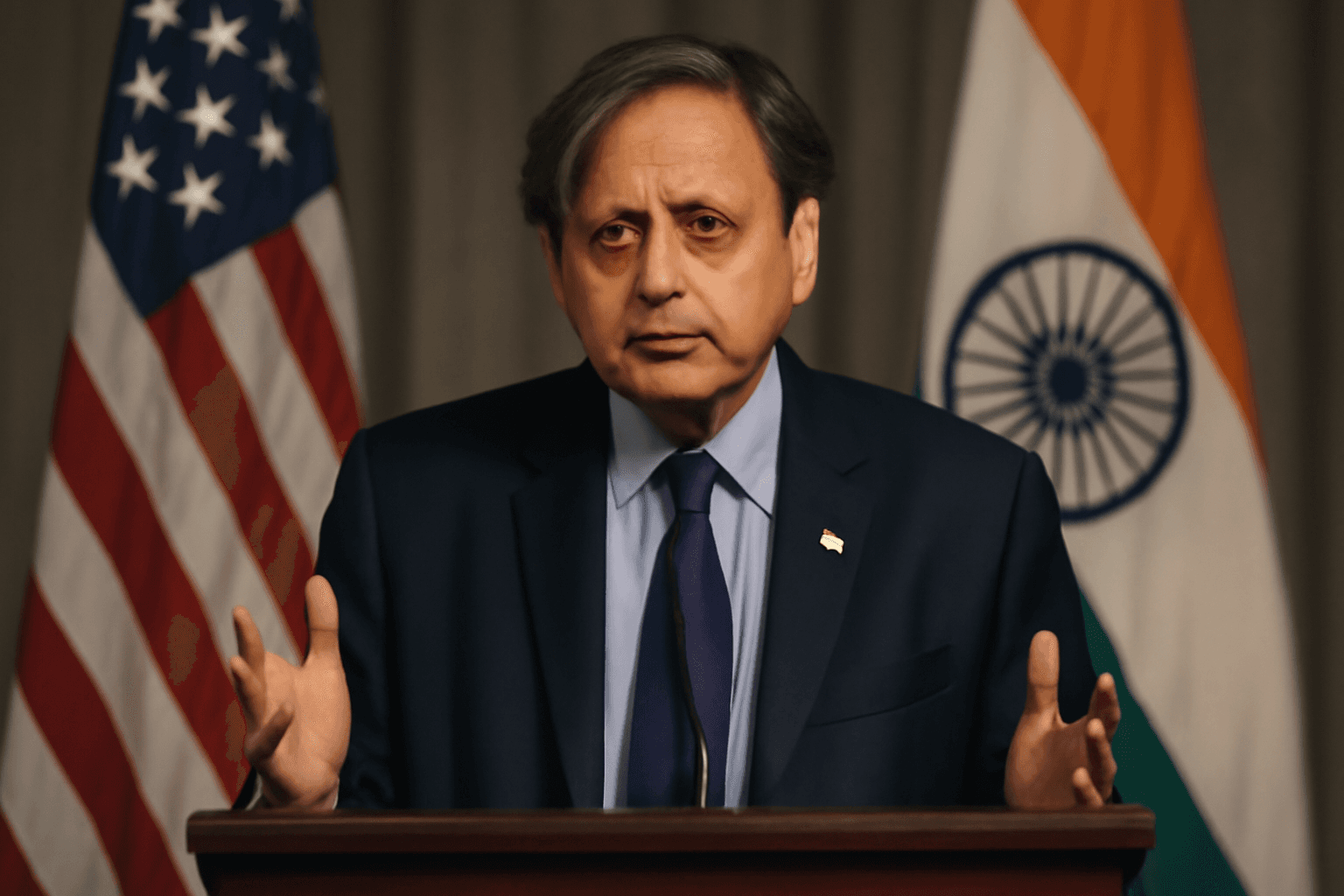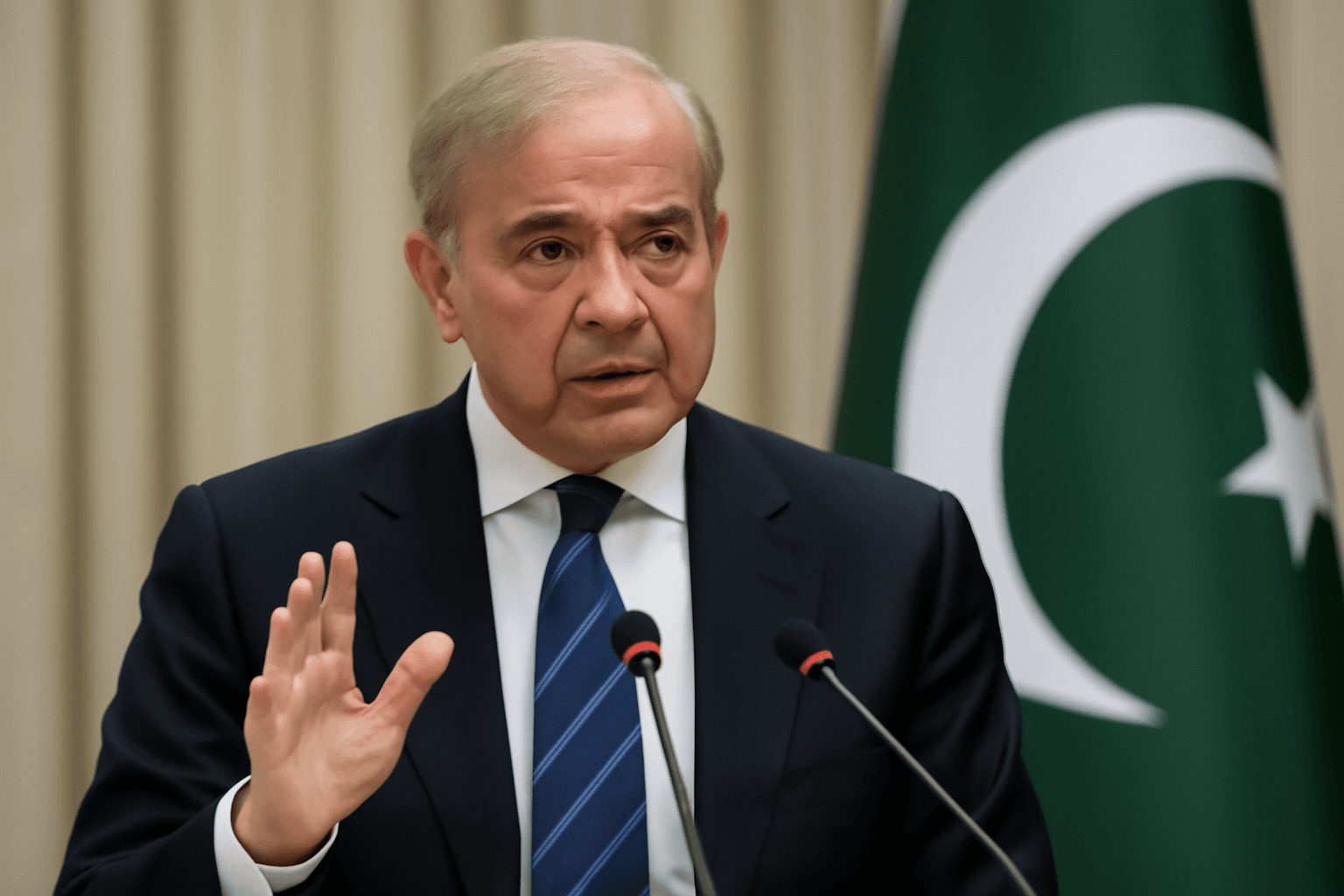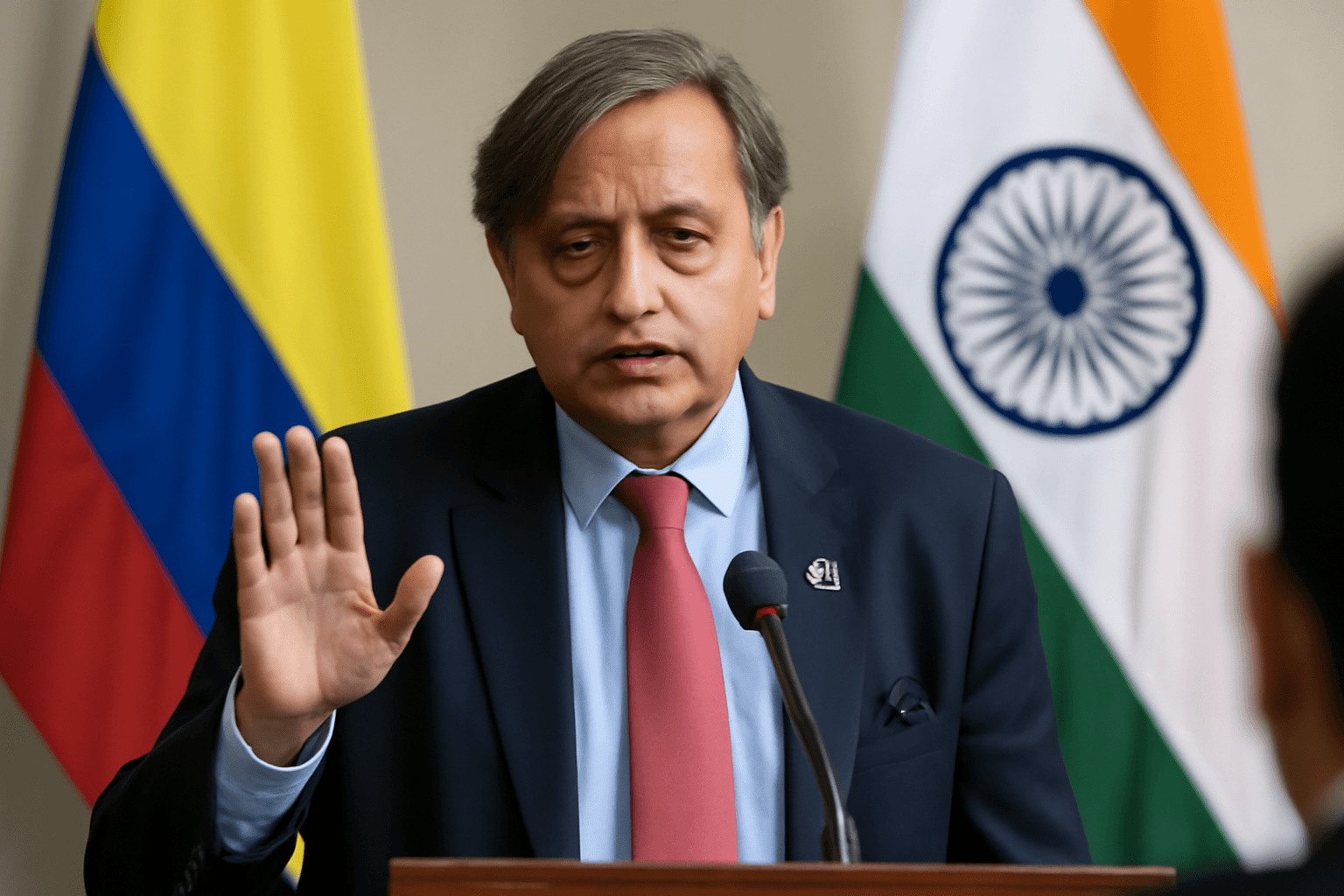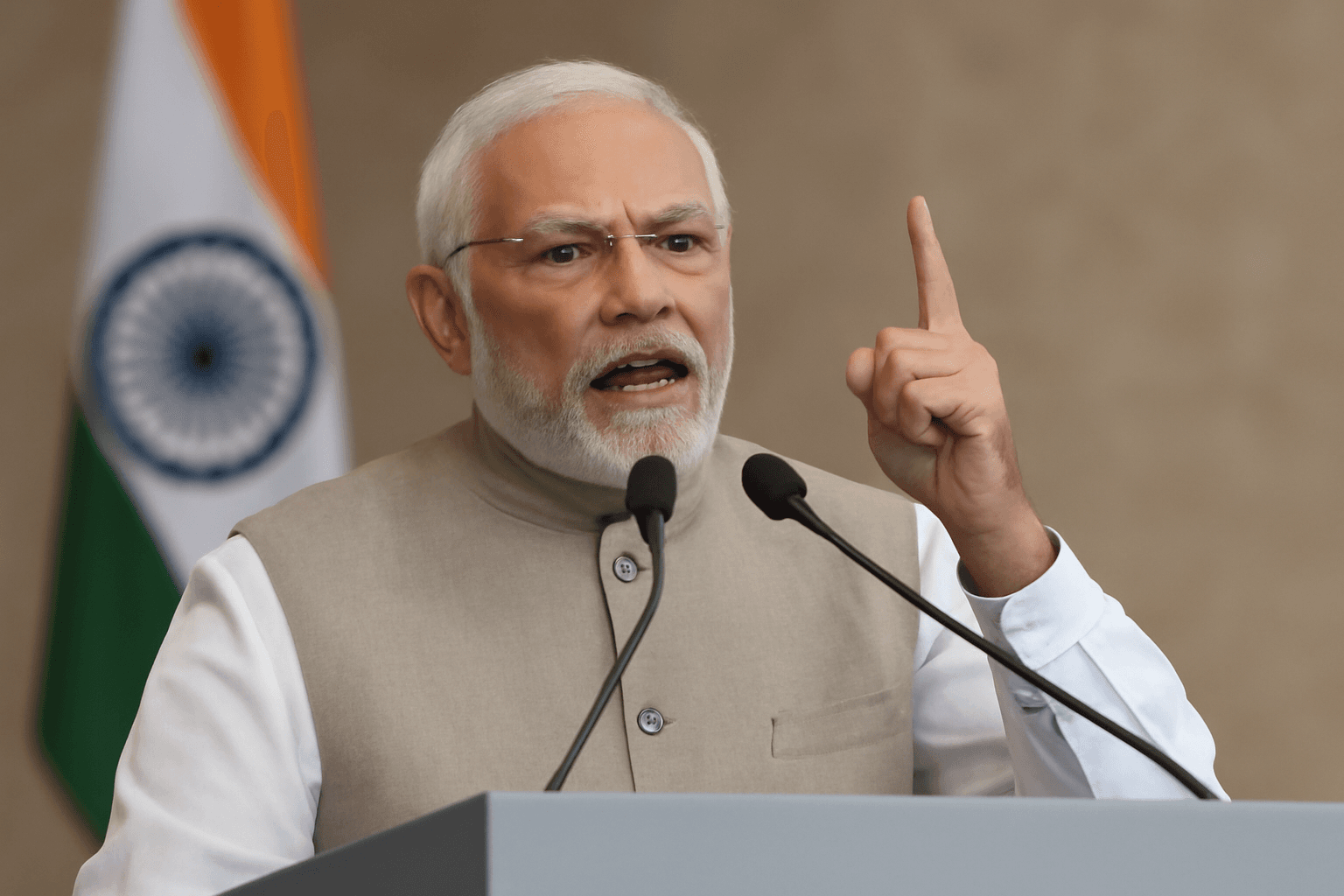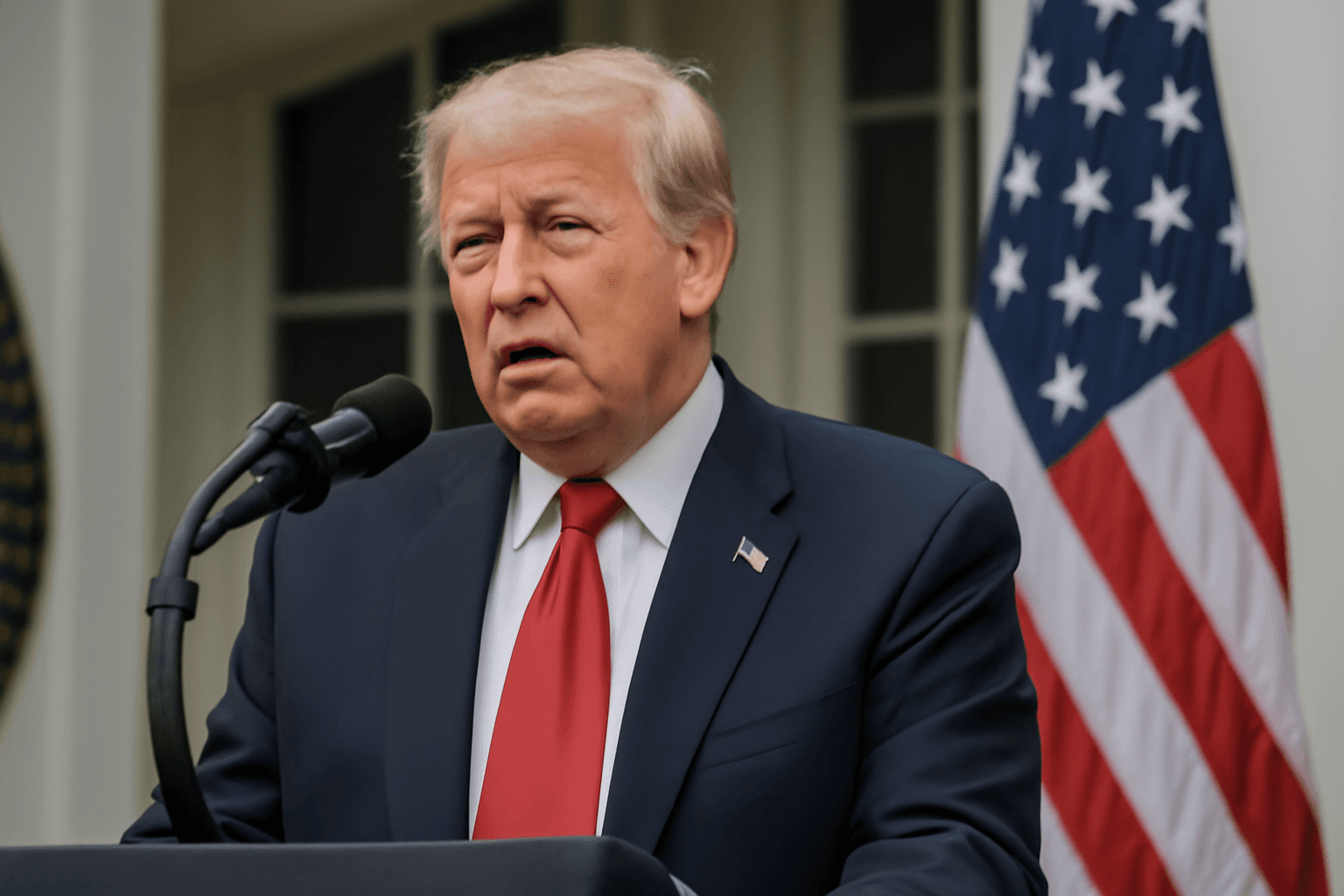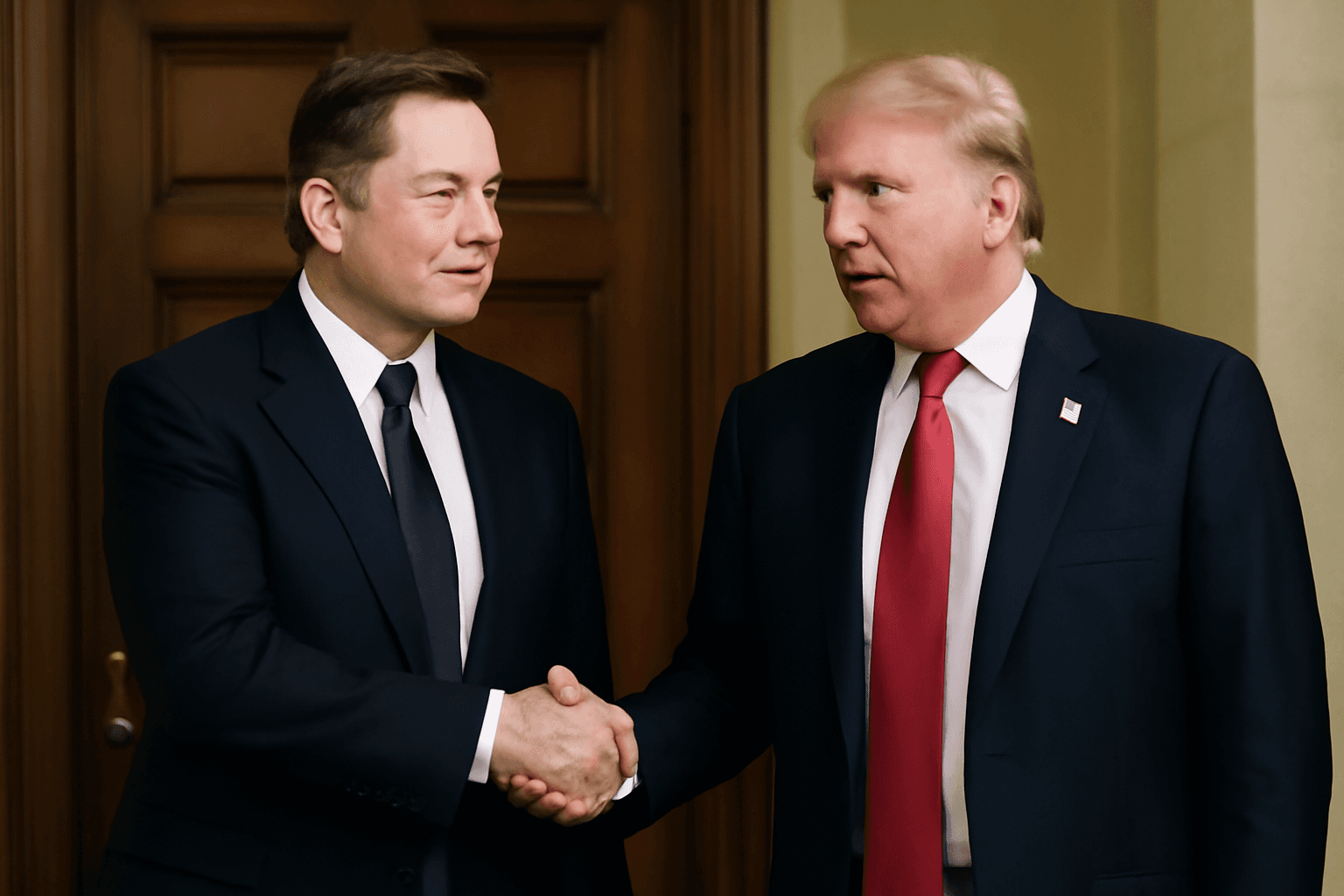New Delhi: Operation Sindoor has been widely recognized as a significant demonstration of India's advanced military capabilities. Targeting nine terror camps across Pakistan and Pakistan-occupied Kashmir (PoK), the operation served as a direct response to the April 22 Pahalgam terror attack and reshaped India’s anti-terrorism approach on the global stage.
John Spencer, Chair of Urban Warfare Studies at the Modern War Institute, emphasized the operation's success in a detailed analysis published on X (formerly Twitter). He described Operation Sindoor as a "massive victory" that not only achieved but exceeded its strategic objectives by effectively neutralizing terrorist infrastructure and signaling India’s military dominance.
Spencer highlighted that, unlike previous responses, India executed swift, precise strikes using warplanes without diplomatic delays or appeals for international mediation. This marked a strategic shift, sending a clear message that terrorist acts originating from Pakistani territory would now be treated as acts of war. The operation showcased a new national security doctrine, emphasizing resolute deterrence rather than symbolic action.
The expert praised Prime Minister Narendra Modi’s doctrine, which underscores that India will no longer tolerate nuclear blackmail nor terrorist safe havens. Modi’s stance, encapsulated in the phrase, "Terror and talks can't go together," reflected a decisive policy direction.
On May 7, Indian forces launched nine precision strikes on major terror training camps, including those in Bahawalpur and Muridke, while inflicting damage on 11 Pakistani military airbases. These operations were not only tactically effective but represented a doctrinal milestone, redefining India’s strategic response to terrorism by establishing a firm red line.
Spencer argued that critics advocating for further escalation overlook the fact that India’s primary goal was deterrence, not revenge. The operation balanced overwhelming force with strategic restraint, maintaining escalation dominance and achieving its political objectives without unnecessary escalation.
"India's restraint is not weakness—it is maturity. It imposed costs, redefined thresholds, and retained escalation dominance. India didn’t just respond to an attack; it changed the strategic equation," Spencer stated.
He further noted that in contrast to India’s 2008 approach—absorbing attacks and delaying response—Operation Sindoor demonstrated instant, clear, and precise retaliation. This approach reflects India’s evolving military doctrine, supported by a growing domestic defense industry and professional armed forces, preparing for future challenges rather than past conflicts.
Although hostilities are currently paused, Spencer emphasized this is a strategic hold rather than a conclusion. India maintains the initiative and is poised to respond decisively if provocation recurs.
In conclusion, Spencer described Operation Sindoor as a model of modern warfare, fought under the threat of nuclear escalation, with clear, limited objectives achieved efficiently. It heralds a new era of strategic effectiveness and decisiveness for India on the global stage.

